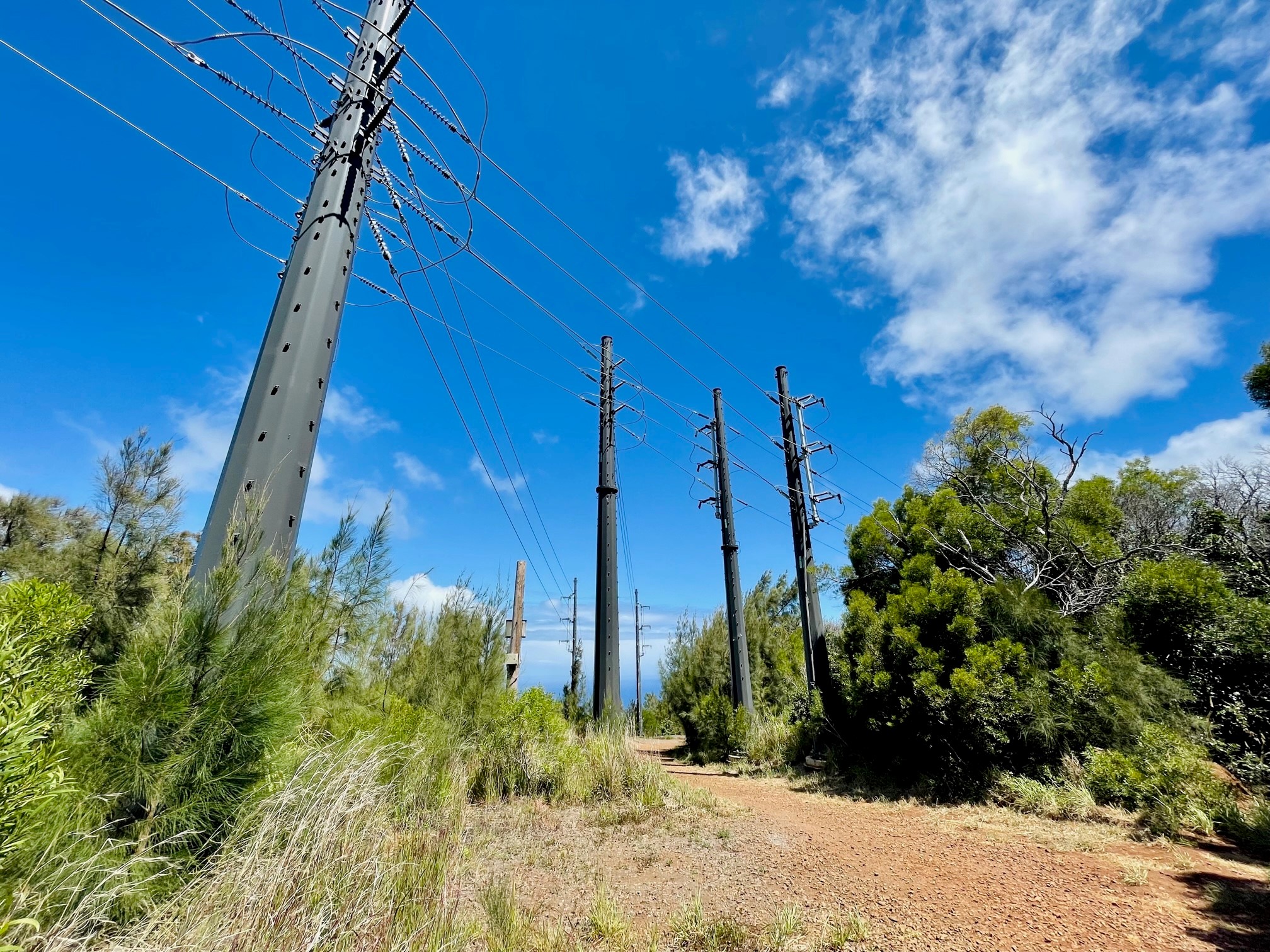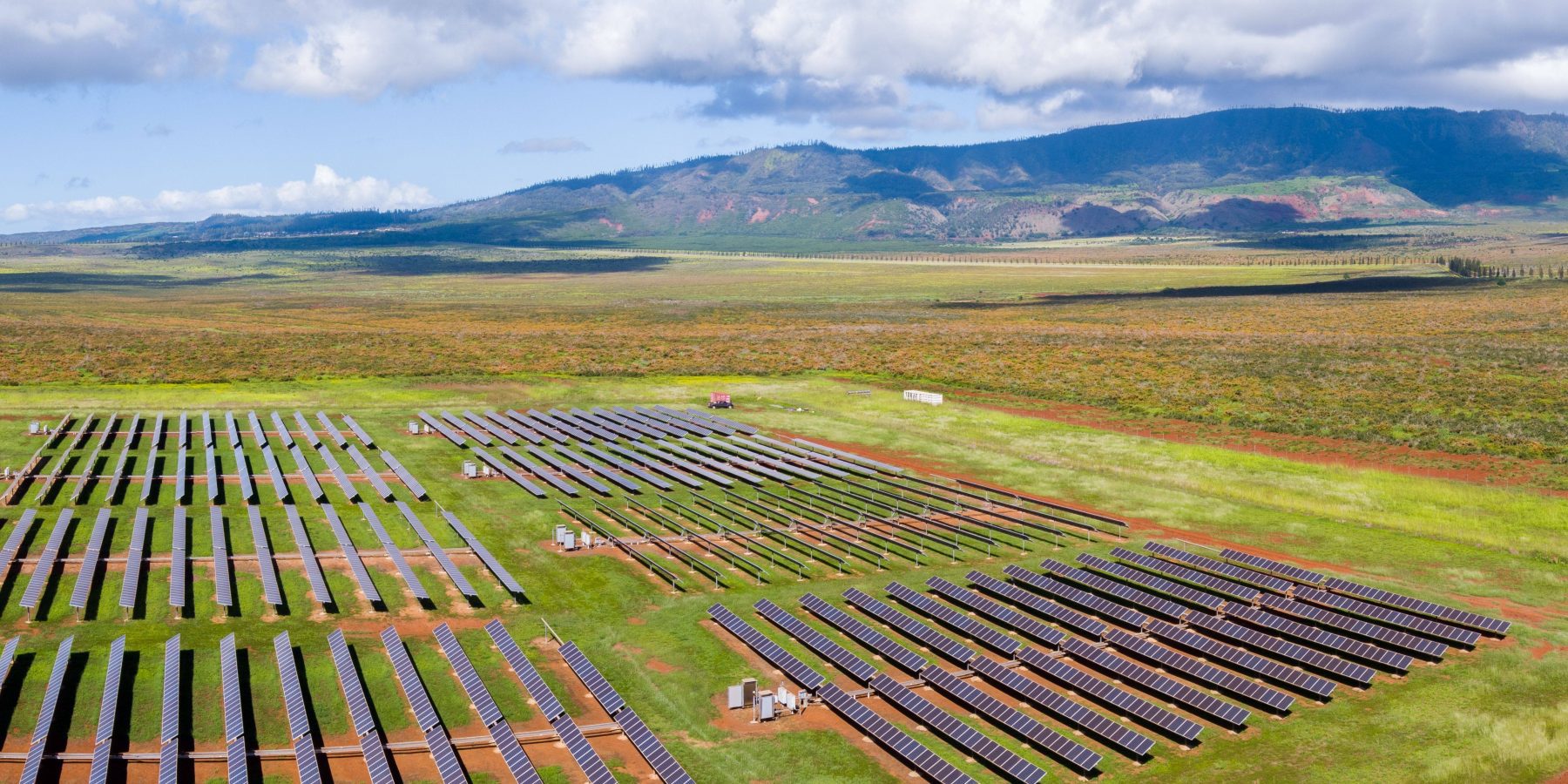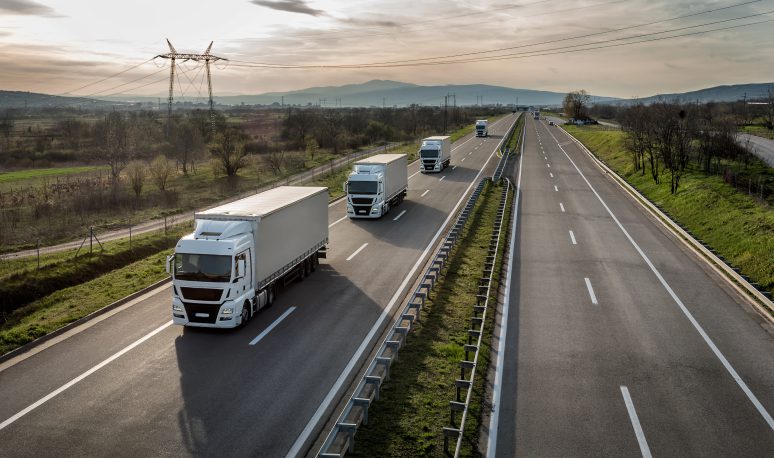

In 2015, Hawai‘i enacted a law that requires electric utility companies to sell only renewable energy to their customers by 2045 (Act 97) — the first such mandate in the United States.
Although each utility is different, typically the process begins with issuing a request for proposals (RFP) asking developers to submit bids to build a project and sell the energy to the utility. Developers scope out locations and develop cost estimates that conform to the utility’s requirements. The process is reviewed by the Public Utilities Commission through a quasi-judicial public forum. Selected bidders must sign a Power Purchase Agreement (PPA) that is reviewed in another public process prior to approval.
The Hawai‘i State Energy Office encourages developers, communities, and affected residents to begin working with each other when projects are in the early scoping phase rather than after a PPA has been executed. This allows communities and residents to contribute meaningfully to all aspects of the project’s development and gives developers the information they need to submit a successful bid and keep their project on schedule. This website provides communities and residents with the information they need to engage in the process and opportunities for public input.


Hawai‘i’s fossil fuel power plants have provided electricity to Hawai‘i residents for decades, but they are old, inefficient, and rely on internationally-sourced imported fuels subject to volatile energy markets. Hawaiian Electric and KIUC need a variety of renewable energy projects to replace these plants.
Each new utility-scale renewable energy project must be submitted to the PUC for review and decision. Some of these projects have been approved by the PUC, others are currently under review. An individual PUC docket has been created for each utility-scale renewable energy project listed on this website.
Hawaiian Electric is seeking new renewable energy solutions to displace the aging fossil fuel power plants that currently serve its customers. The 180-megawatt coal plant at Campbell Industrial Park on O‘ahu closed on September 1, 2022 – representing a step forward in the transition to renewable energy. It was the state’s only coal-powered power plant and provides approximately 16% of Oahu’s electrical energy during peak demand. By the end of 2024, the 38-MW oil-fired Kahului Power Plant, owned and operated by Hawaiian Electric, is scheduled to close. It provides approximately 15% of Maui Island’s 24/7 power generation capacity. In addition, Hawaiian Electric plans to retire its Wai‘au 3 and 4 generators on O‘ahu, totaling 93 MW, by 2024.
Hawaiian Electric is required by the PUC to competitively bid for the new renewable energy power production it intends to buy and sell to its customers. In February 2018 and August 2019, Hawaiian Electric issued Stage 1 and Stage 2 competitive solicitations for new renewable energy generation projects on O‘ahu, Maui, and Hawai‘i Island. Stage 1 produced eight utility-scale solar photovoltaic (PV) plus storage projects. In August 2019, Hawaiian Electric issued Stage 2 of its competitive solicitation for new renewable energy generation and stand-alone energy storage projects on O‘ahu, Maui, and Hawai‘i Island. Stage 2 produced to date nine utility-scale solar PV plus storage projects and three utility-scale stand-alone storage projects.
The Hawaiian Electric Stage 3 Procurement was approved by the PUC in 2022. Hawaiian Electric is currently undergoing competitive project selection with project selections anticipated in October 2023. Projects selected in this process will require PUC PPA approval.